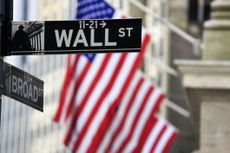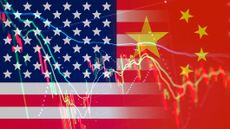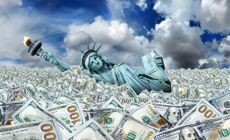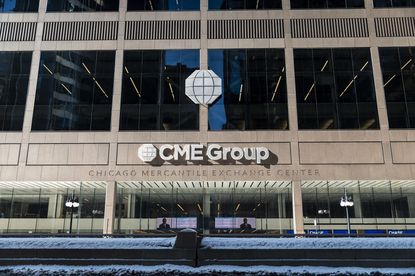US Stock Markets
The latest news, updates and opinions on US Stock Markets from the expert team here at MoneyWeek
-

Is Tesla stock a buy after Musk’s $1 trillion pay package is approved?
In a world of inflated tech valuations, Tesla’s is one of the standouts. There’s plenty of potential, but given uncertainty, is Tesla stock a buy or a sell?
By Dan McEvoy Last updated
-

AI is a bet we’re forced to make
It’s impossible to say yet if AI will revolutionise the world, but failure would clearly be very costly, says Cris Sholto Heaton
By Cris Sholto Heaton Published
-

Rob Granieri: the mysterious billionaire boss of Jane Street
Profits at Jane Street have exploded, throwing billionaire Rob Granieri into the limelight. But it’s not just the firm’s success that is prompting scrutiny
By Jane Lewis Published
-

'Investors should back the AI maximalists'
Polar Capital is bullish on AI and believe that the sector is far from being a bubble
By Max King Published
-

Should you move your money out of the US?
US exceptionalism – the belief that the US and its economy is different from and superior to other nations – is coming under fire as a concept as investors move money out of American stocks
By Dan McEvoy Last updated
-

Stock market selloff: should you buy the dip?
US tech stocks and cryptocurrencies were hit hard by a stock market selloff as tariff-driven trade tensions return
By Dan McEvoy Published
-

Why investors should avoid market monomania
Opinion Today’s overwhelming focus on US markets leaves investors guessing about opportunities and risks elsewhere
By Cris Sholto Heaton Published
Opinion -

Okta: an undervalued cybersecurity play
Okta provides vital security services and appears cheap considering AI’s growing prominence
By Rupert Hargreaves Published
-

The AI barons call time on the bubble
Opinion OpenAI's Sam Altman and other tech giants are warning that the AI boom is reaching dangerous territory. They may end up as the authors of their own demise
By Matthew Lynn Published
Opinion
